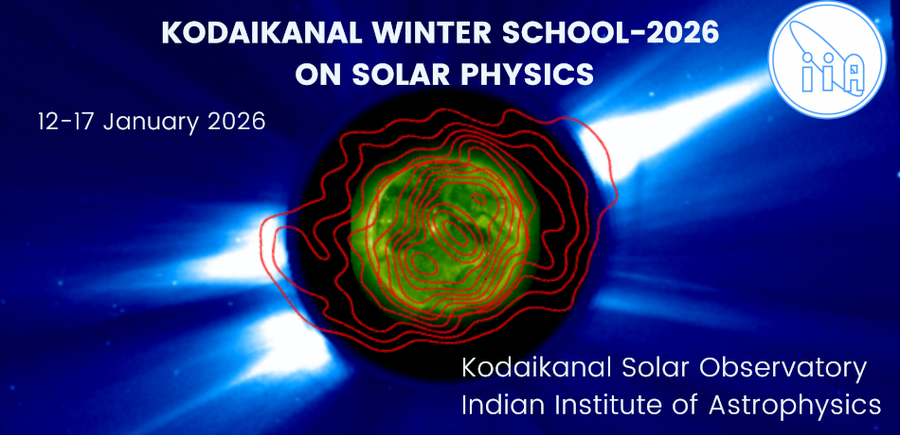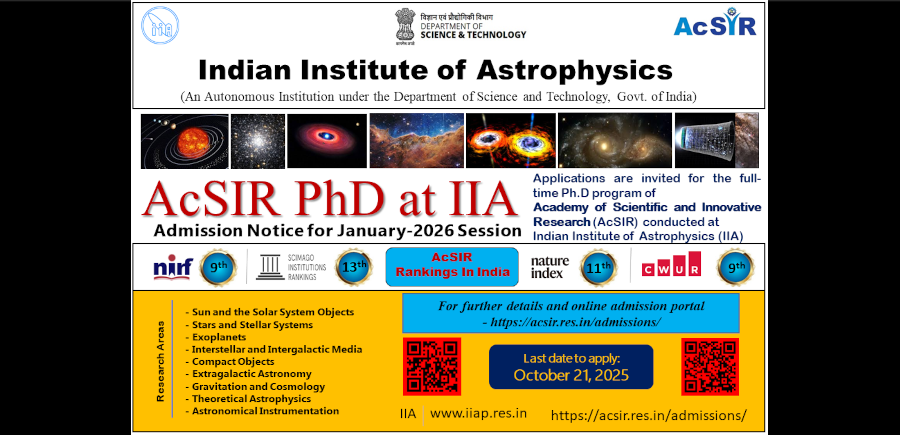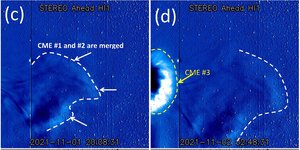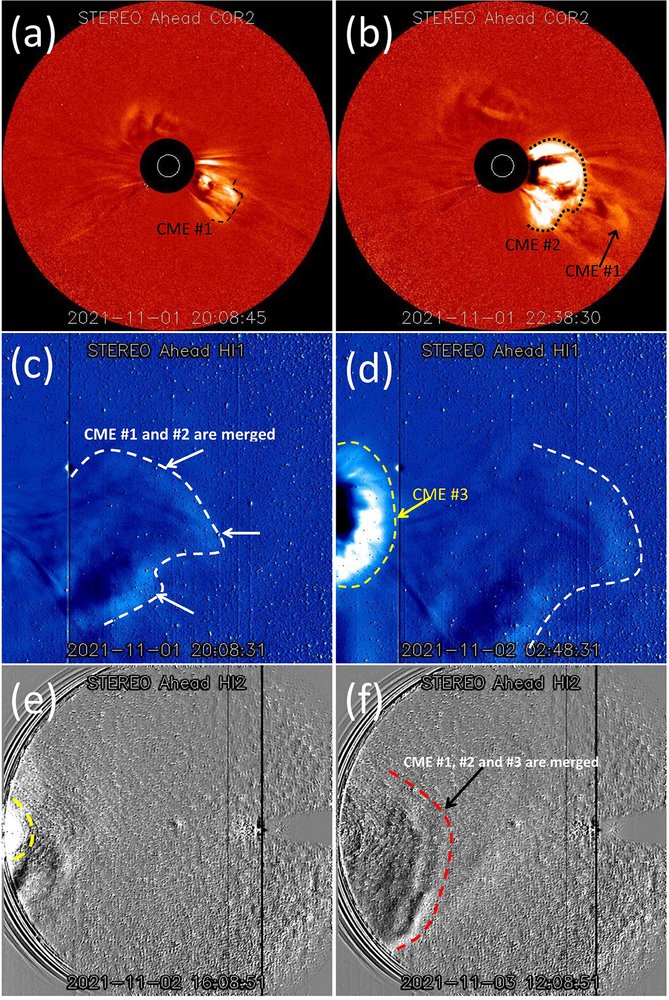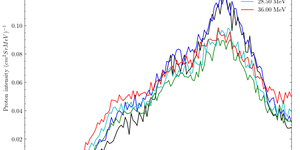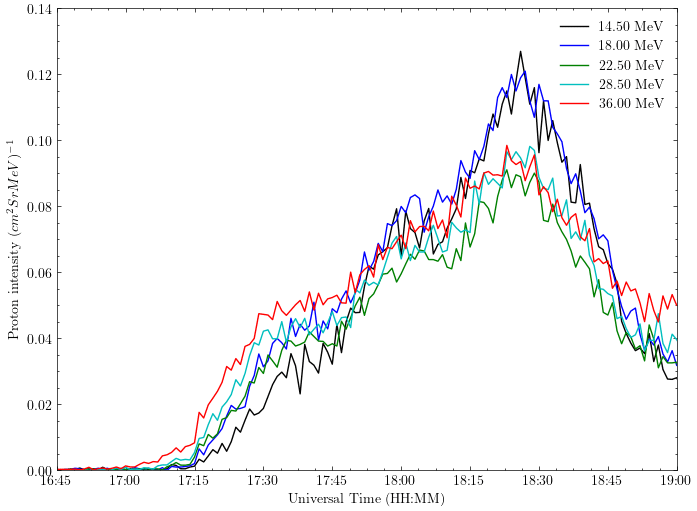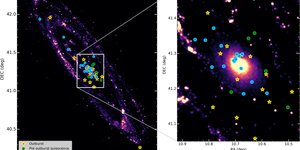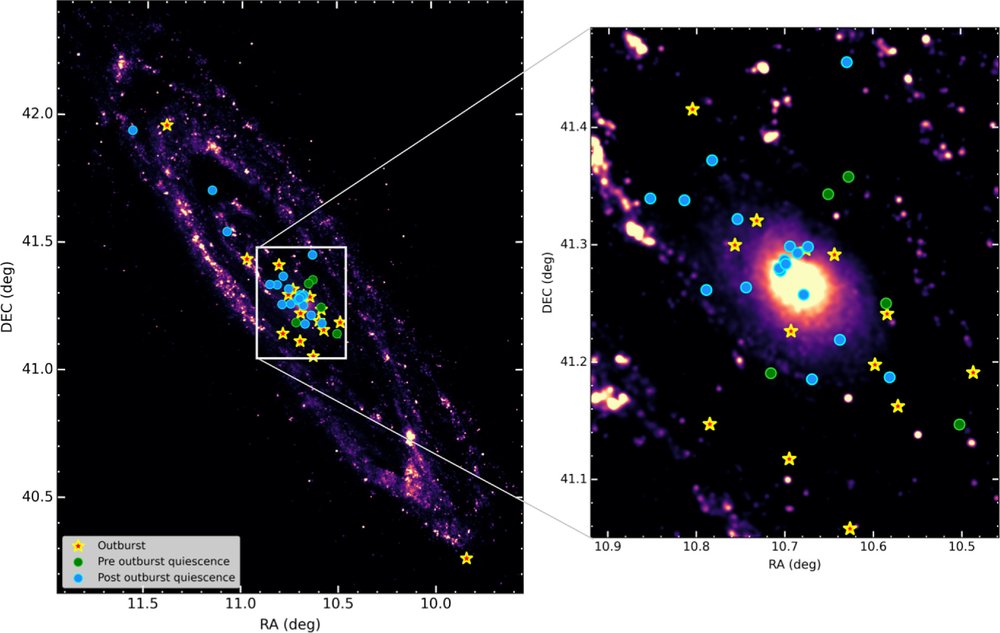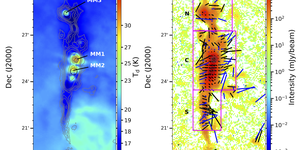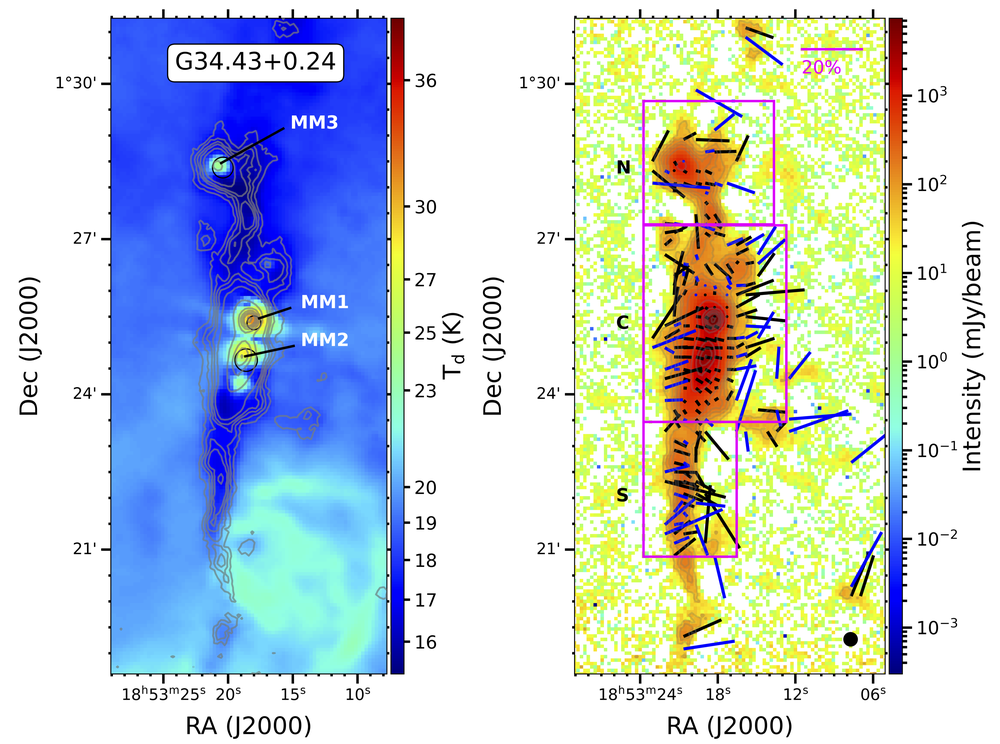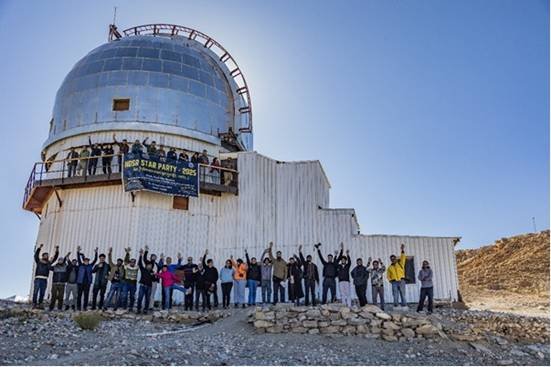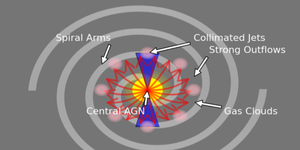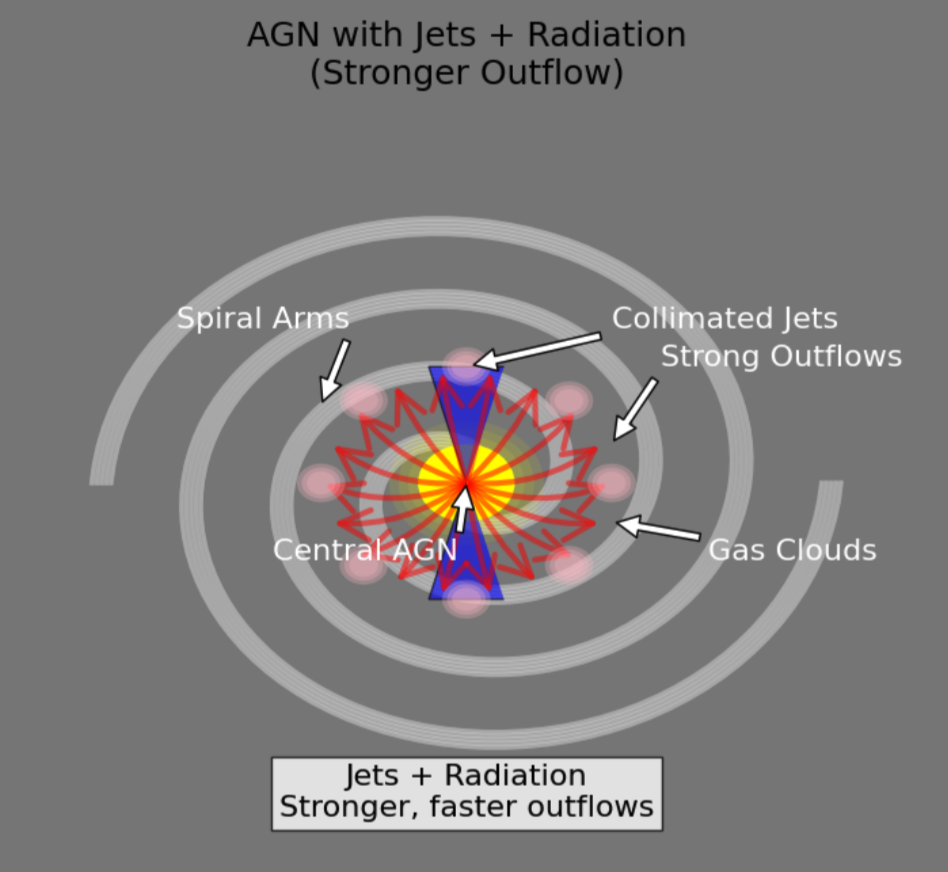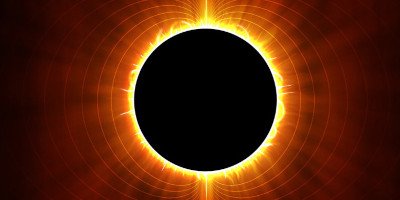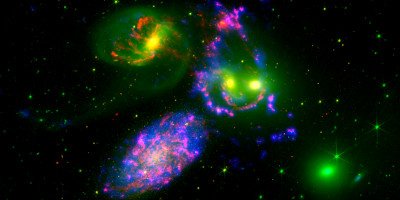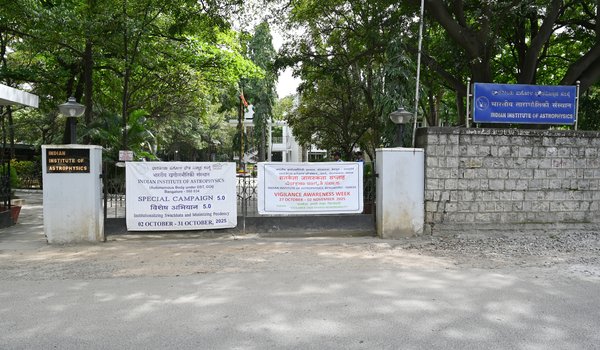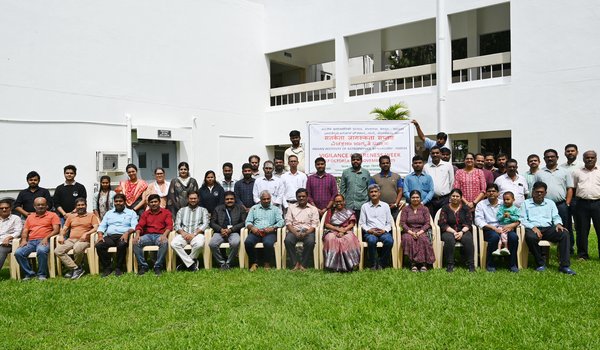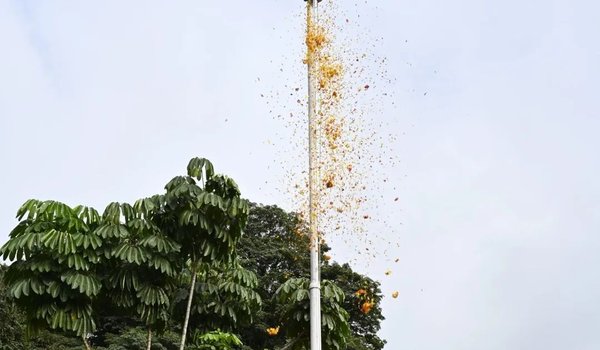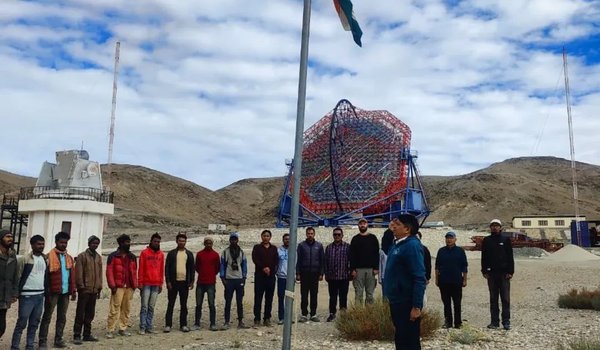Context. We explore the impact of interactions between coronal mass ejections (CMEs) – known as CME–CME interactions – on Earth using remote-sensing and in situ observations and estimate the amplification of the geo-effectiveness of the individual CMEs by a factor of ∼2 due to CME–CME interactions.
Aims. We present 3D reconstructions of interacting CMEs, which provide essential information on the orientation and interaction of the events. Additionally, we analysed coronal evolution of CMEs and their in situ characteristics at 1 AU to explore the impact of interactions between CMEs on their geo-effectiveness.
Methods. We analysed CME interaction using white light data from LASCO and STEREO COR-A. The reported CMEs were reconstructed using the gradual cylindrical shell (GCS) model and simulated self-consistently with the physics-based 3D MHD model EUHFORIA (EUropean Heliosphere FORecasting Information Asset). By running different simulations, we estimated the geo-effectiveness of both individual and interacting CMEs using an empirical relationship method for the disturbance storm index.
Results. The SOHO/LASCO spacecraft observed three CMEs erupting from the Sun within an interval of 10 h during a very active period in early November 2021. There were two partial halo CMEs that occurred on 1 Nov. 2021 at 19:00 UT and 22:00 UT, respectively, from the active region 12887 (S28W58), and a third halo CME occurred from AR 12891 (N17E03) on 2 Nov. 2021 at 02:48 UT. By combining remote observations close to the Sun, in situ data at 1 AU, and further numerical analyses of each individual CME, we are able to identify the initial and interplanetary evolution of the CMEs.
Conclusions. (i) White light observations and a 3D reconstruction of the CMEs show cannibalism by CME-2 on CME-1 and a flank interaction of CME-3 with the merged CME-1 and CME-2 at 45–50 Rs. (ii) Interacting CMEs exhibit an increase in geo-effectiveness compared to an individual CME.
Read more
